As water conservation becomes more important—especially in drought-prone regions—homeowners are rethinking traditional lawns. Expansive grass lawns not only require significant water but also demand regular maintenance and fertilizers. Fortunately, landscaping with minimal grass is both eco-friendly and aesthetically pleasing.
In this guide, we’ll explore smart, sustainable, and beautiful landscaping ideas for drought-prone areas that drastically reduce or eliminate the need for grass, while still enhancing curb appeal.
Use Drought-Tolerant Ground Covers
Instead of traditional turf grass, opt for drought-resistant ground covers like:
Creeping thyme: Low-growing, fragrant, and purple-flowered.
Blue star creeper: Tiny flowers, lush texture.
Sedum (stonecrop): Comes in many varieties, from low mats to trailing types.
These ground covers require little watering and are visually appealing, making them a smart substitute for grass in dry regions.
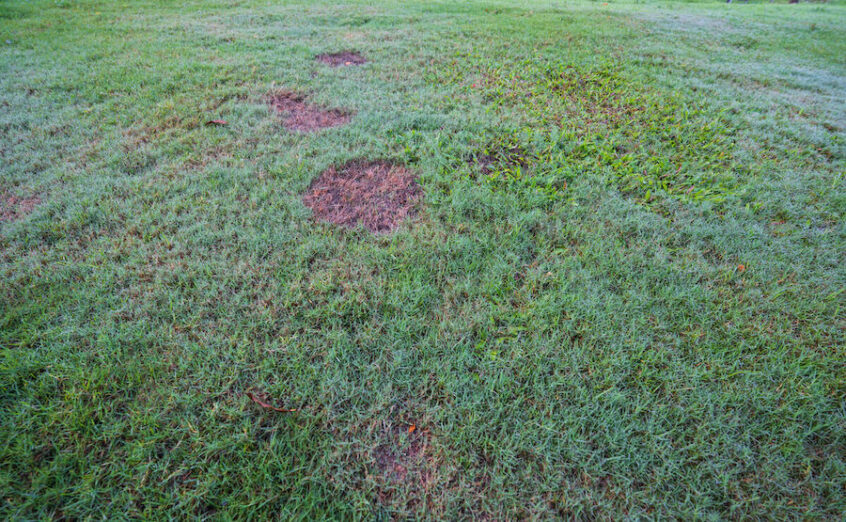
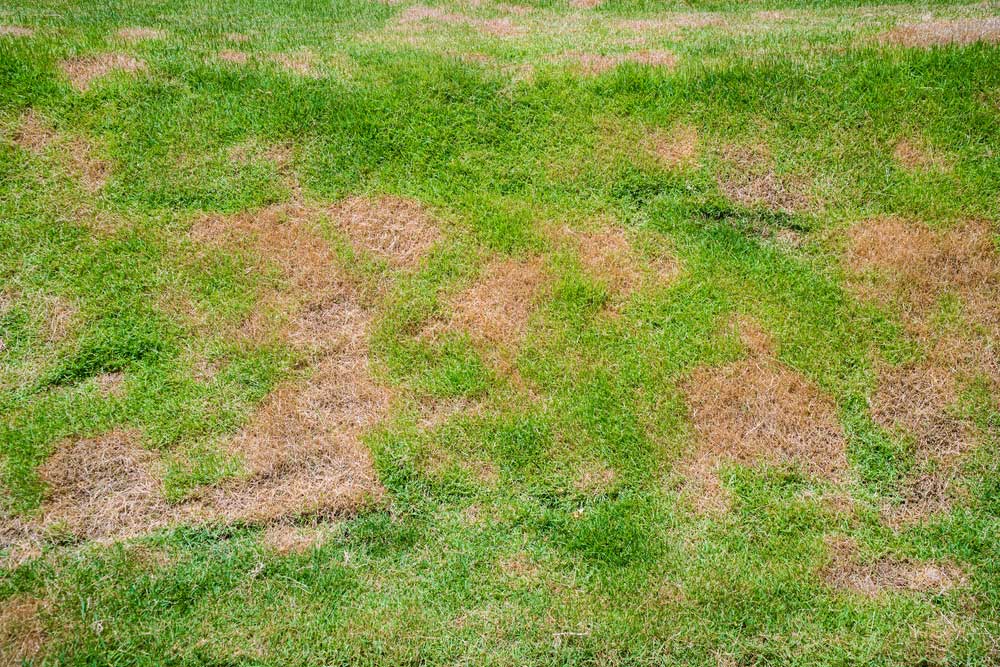
Create Decorative Gravel Pathways
Gravel landscaping is ideal for dry climates and adds texture and contrast to your yard. Use gravel to:
Define walkways and borders
Create open “living areas” with benches or furniture
Highlight focal points like sculptures or fire pits
Use a mix of gravel sizes and colors to add dimension. To prevent weeds, lay a layer of weed barrier fabric before applying gravel.
Incorporate Native Plants and Succulents
Native plants are naturally adapted to your local climate, requiring less water and care. Combine them with succulents like aloe, agave, and echeveria to add structure and beauty.
Native plants to consider:
Lavender
California poppy
Yarrow
Desert marigold
Cluster them together in raised beds or as border features. Grouping plants with similar water needs increases efficiency.
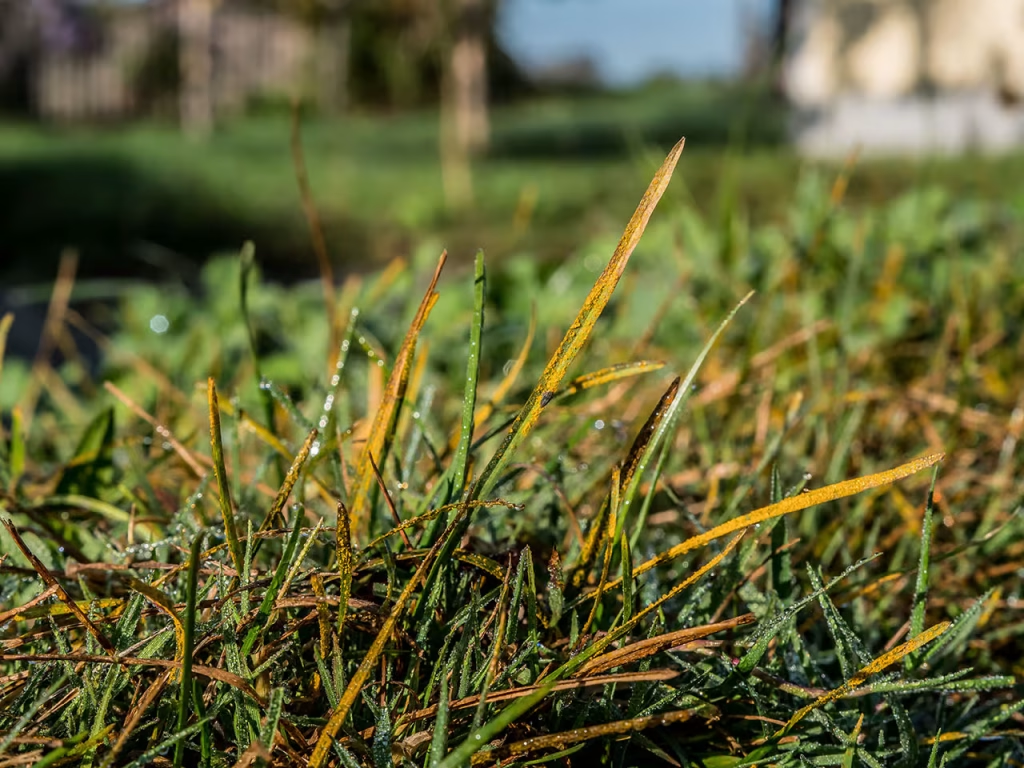
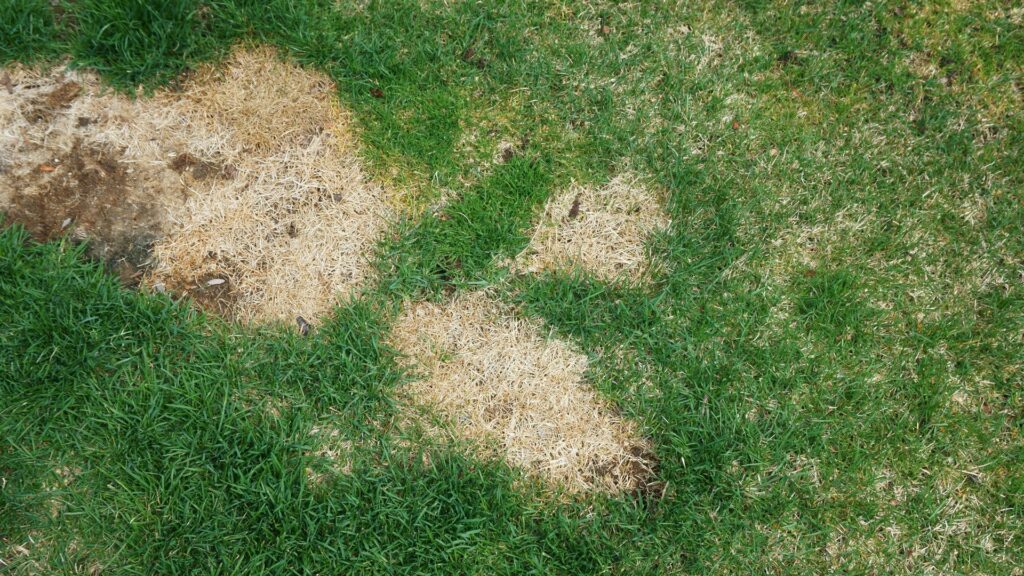
Design a Rock Garden
A rock garden brings a rugged, organic look to your landscape with very low water requirements. Combine rocks of varying sizes with hardy perennials and low-water shrubs to add texture and visual interest.
Pro tip: Use boulders or larger rocks as natural focal points. Surround them with smaller stones and drought-tolerant plants to create a layered effect.
Install Artificial Turf for Play or Pets
If you still want a patch of green for kids or pets, artificial grass can be a great solution. Today’s synthetic turf looks realistic and offers:
Zero watering needs
No mowing
Durability for high-traffic areas
Use it strategically—maybe just in one corner of the yard—so you get the look of a lawn without the water waste.
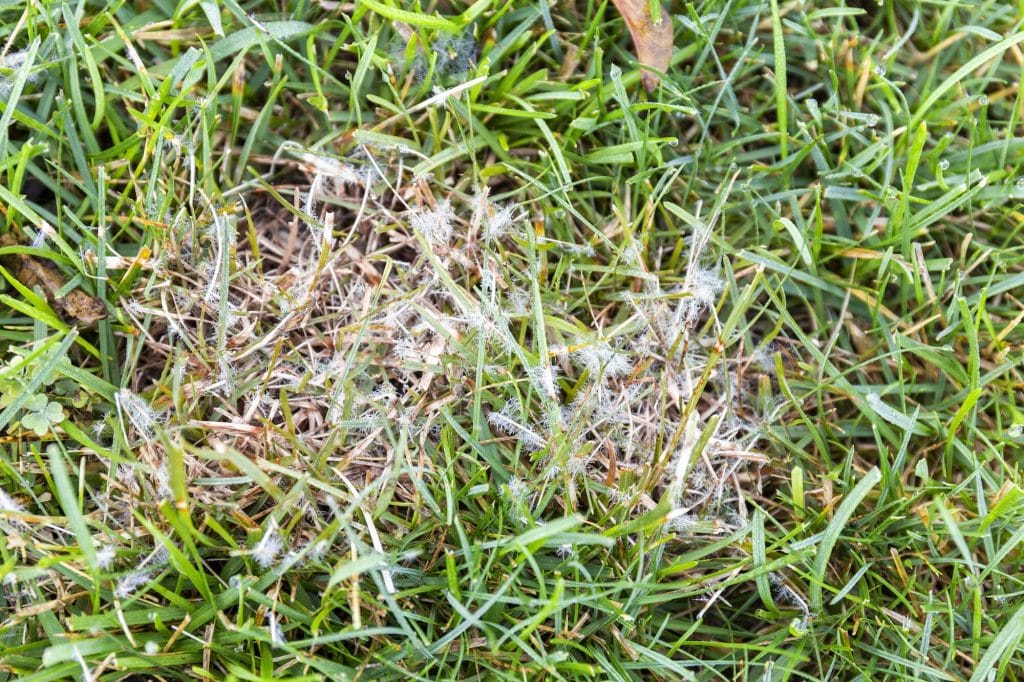
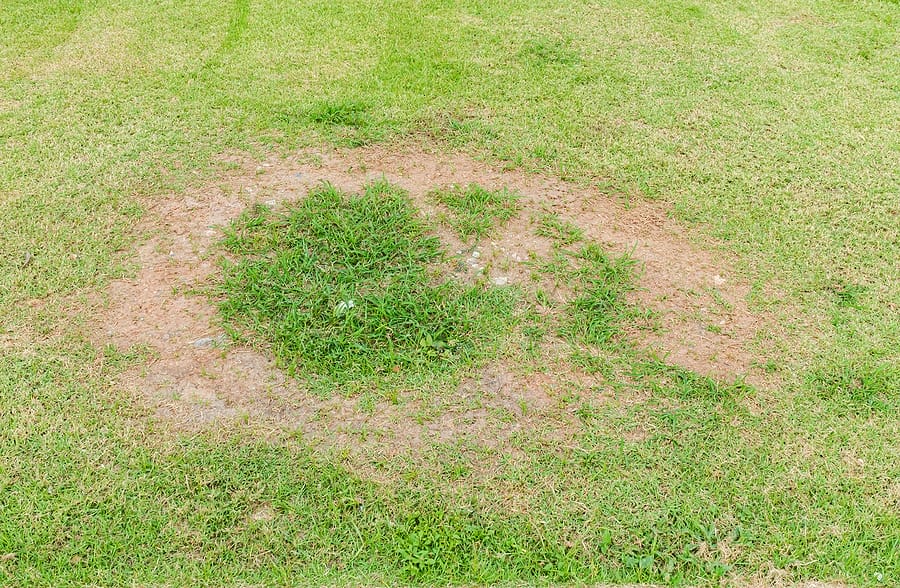
Add Mulch to Conserve Soil Moisture
Mulching is a simple yet powerful way to retain moisture and suppress weeds. Organic mulch like bark or wood chips can be used around plants, trees, and garden beds. Bonus: as it breaks down, it enriches your soil.
Apply mulch 2–3 inches deep, and refresh it annually for maximum benefits.
Use Raised Beds and Terracing
Elevated planting beds or terraced slopes reduce erosion and allow better water control. They also make gardening more accessible.
Choose drought-tolerant herbs and vegetables like rosemary, oregano, and chili peppers for an edible and sustainable garden.


Final Thoughts: Embrace Low-Water Landscaping
Creating a stunning landscape with minimal grass doesn’t mean sacrificing beauty or functionality. By embracing drought-tolerant plants, gravel, mulch, and rock features, you can design a sustainable oasis that thrives in even the driest conditions.
Whether you’re working with a small backyard or a full front yard overhaul, these landscaping ideas for drought-prone areas will help you conserve water, reduce maintenance, and increase your property value.

